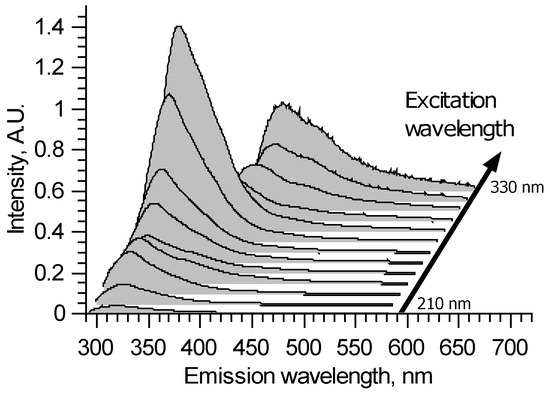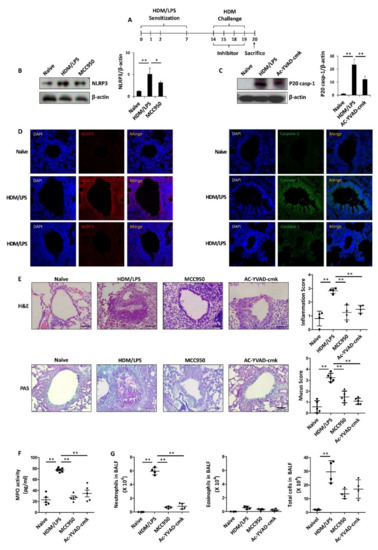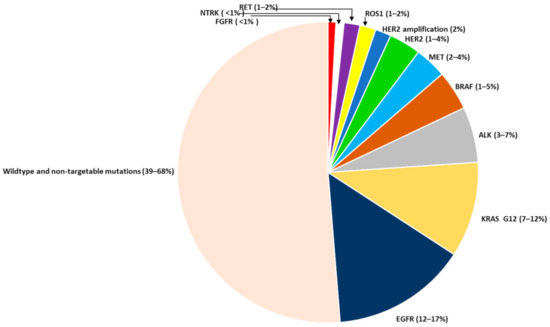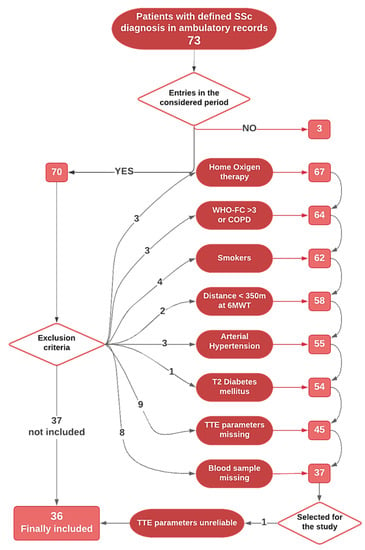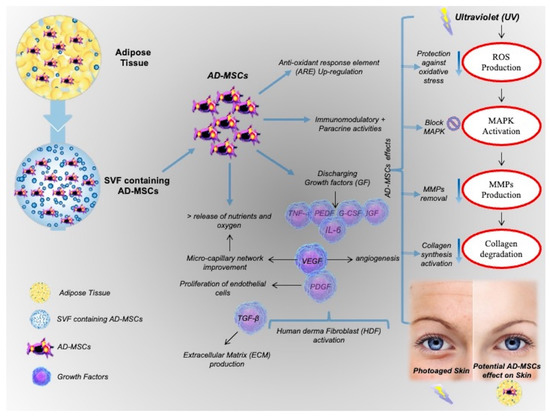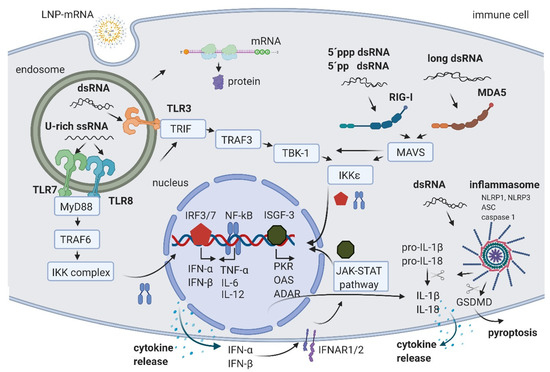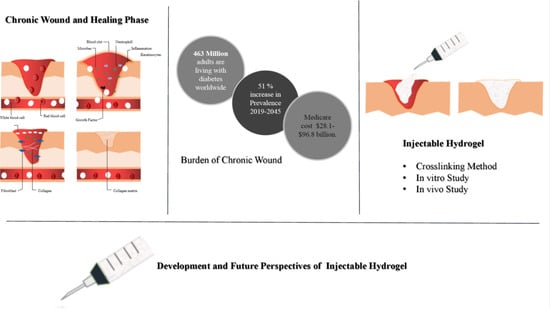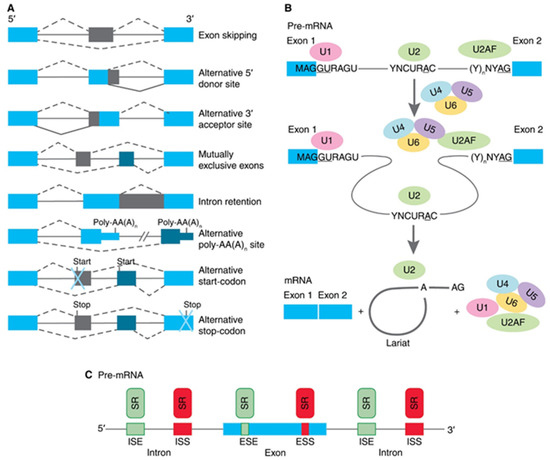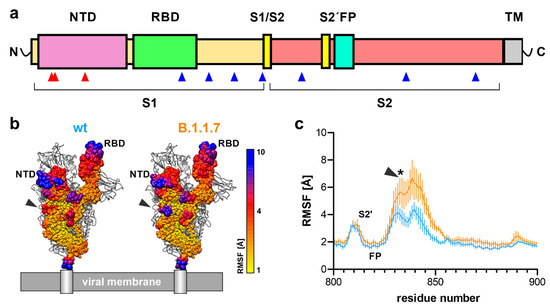1
College of Veterinary Medicine, Western University of Health Sciences, Pomona, CA 91766, USA
2
Graduate College of Biomedical Sciences, Western University of Health Sciences, Pomona, CA 91766, USA
Biomedicines 2021, 9(5), 538; https://doi.org/10.3390/biomedicines9050538 - 12 May 2021
Cited by 2 | Viewed by 2932
Abstract
Prostate cancer chemoresistance is a major therapeutic problem, and the underlying mechanism is not well understood and effective therapies to overcome this problem are not available. Phosphodiesterase-4 (PDE4), a main intracellular enzyme for cAMP hydrolysis, has been previously shown to involve in the
[...] Read more.
Prostate cancer chemoresistance is a major therapeutic problem, and the underlying mechanism is not well understood and effective therapies to overcome this problem are not available. Phosphodiesterase-4 (PDE4), a main intracellular enzyme for cAMP hydrolysis, has been previously shown to involve in the early chemo-sensitive prostate cancer cell proliferation and progression, but its role in the more-advanced chemo-resistant prostate cancer is completely unknown. Here we found that the expression of PDE4 subtype, PDE4D, is highly elevated in the chemo-resistant prostate cancer cells (DU145-TxR and PC3-TxR) in comparison to the chemo-sensitive prostate cancer cells (DU145 and PC3). Inhibition of PDE4D with a potent and selective PDED4 inhibitor, Eggmanone, effectively decreases the invasion and proliferation as well as induces cell death of the chemo-resistant prostate cancer cells (DU145-TxR and PC3-TxR). These results were confirmed by siRNA knockdown of PDE4D. We and colleagues previously reported that Eggmanone can effectively blocked sonic Hedgehog signaling via PDE4D inhibition, and here our study suggests that that Eggmanone downregulated proliferation of the chemo-resistant prostate cancer cells via sonic Hedgehog signaling. In addition, Eggmanone treatment dose-dependently increases docetaxel cytotoxicity to DU145-TxR and PC3-TxR. As cancer stem cells (CSCs) are known to be implicated in cancer chemoresistance, we further examined Eggmanone impacts on CSC-like properties in the chemo-resistant prostate cancer cells. Our study shows that Eggmanone effectively down-regulates the expression of CSCs’ marker genes Nanog and ABC sub-family G member 2 (ABCG2) and attenuates sphere formation in DU145-TxR and PC3-TxR cells. In summary, our work shows that Eggmanone effectively overcomes the chemoresistance of prostate cancer cells presumably through sonic Hedgehog signaling and targeting CSCs, suggesting that Eggmanone may serve as a novel agent for chemo-resistant prostate cancer.
Full article
(This article belongs to the Section Molecular and Translational Medicine)
▼
Show Figures


